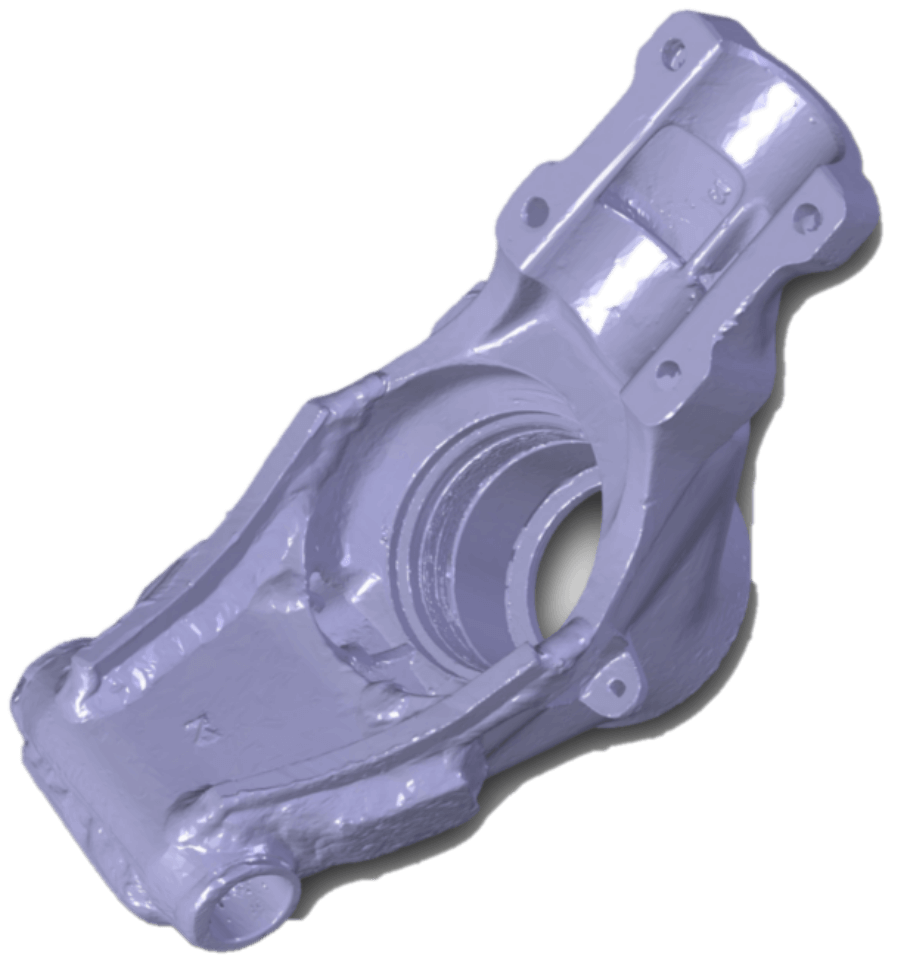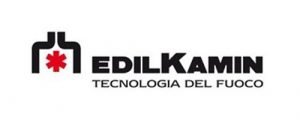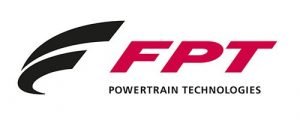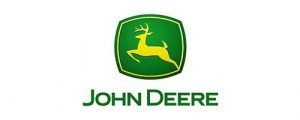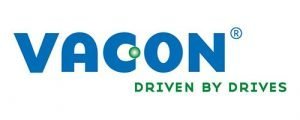3D scans
- Home
- 3D scans
3D scanning systems
We are equipped with the latest 3D scanning systems by which we can detect and digitize objects of any shape or size. 3D scanning allows to obtain a polygonal model with accuracy fixed to 0.03mm using fixed machines or 0.05mm using anthropomorphic systems with blue light laser detection, allowing areas ranging from a few square centimeters fixed to automotive and aircraft-class developments (fixed to 60 meters).
The most common uses of 3D scans are:
- 3D reconstruction from a physical part;
- Dimensional verification of an object (comparison with design data);
- The construction of a 3D object with fundamental evolutions of the starting shape.
Using 3D scans, it is possible, starting from a physical sample, to obtain a virtual 3D model composed of a point cloud of remarkable accuracy that faithfully reproduces the shape and size of a real object.
The digital scan, through subsequent processing of the capture data, can be converted into tessellated models (3D STL file) or be used as a starting point for a reconstruction based on reverse engineering (natively modeled 3D STP file).
In the native 3D reconstruction (reverse) stage, damaged parts can also be handled, which will be reconstructed as from a new part.
The term reverse engineering refers to the reconstruction of an analytical CAD model using the polygonal scan model as a reference.
There are numerous 3D scanning services that starting from the point cloud leave the computer with the hard task of obtaining one or more textures describing the 3D of the part. This type of reverse is recognizable by the mesh-like aesthetic, it is usually a very heavy .IGS or .STP file in which the individual entities (planes, holes, radii, etc.) are not identifiable since the entire object is described by an integral mesh. This solution which is called Auto-patch has the limit of not being modifiable in the result that in case of deformed or damaged objects it will reproduce a 3D with the same damage.
The special feature of our reverses is to recreate with a parametric 3D modeler the whole set of CAD features, generating solid models in STP format that are very lightweight and of high functional rigor. With this procedure, it is possible to recreate 3D models by reconstructing exactly any symmetries, remodel even deformed, damaged areas or small missing parts, resulting in a 3D file similar to the first design or even develop design modifications and improvements. To achieve this, one of our operators with many years of experience in mechanical and functional design goes to model every single aspect. The superposition of scanning data and the operator’s expertise in examining the specific part allow the identification of critical aspects such as symmetry, average thickness, minimum thickness, material strength, mechanical overstress, etc., allowing the correction of all these undesirable aspects, maximizing the functionality of the 3D, allowing, for example, the construction of new replicas that are no longer as flawed as the original.
The term dimensional control refers to the raffronto of the 3D scanning file with the 3D design geometry. In simple words, it allows a direct raffronto between a fixed object (previously scanned) and the corresponding source CAD model. This is of particular importance for quality control areas where it is critical to identify and quantifiy any differences between the theoretical 3D design and the objects resulting from production cycles that already by their nature introduce errors.
To assess the geometric feasibility of a 3D scan on a part without having to resort to the aid of casts or dissecting the object, it must be visible simultaneously from two points 60° apart. An initial scan can be conducted with a squared, if this fails to get into the cavities or crevices of the object this indicates that simple scanning does not guarantee complete reconstruction. In this case it will be necessary to dissect the object. If it is not possible to act with sections, which are clearly destructive in nature, silicone casts of the hidden areas can be used, which will be scanned separately later and assembled to the object file.
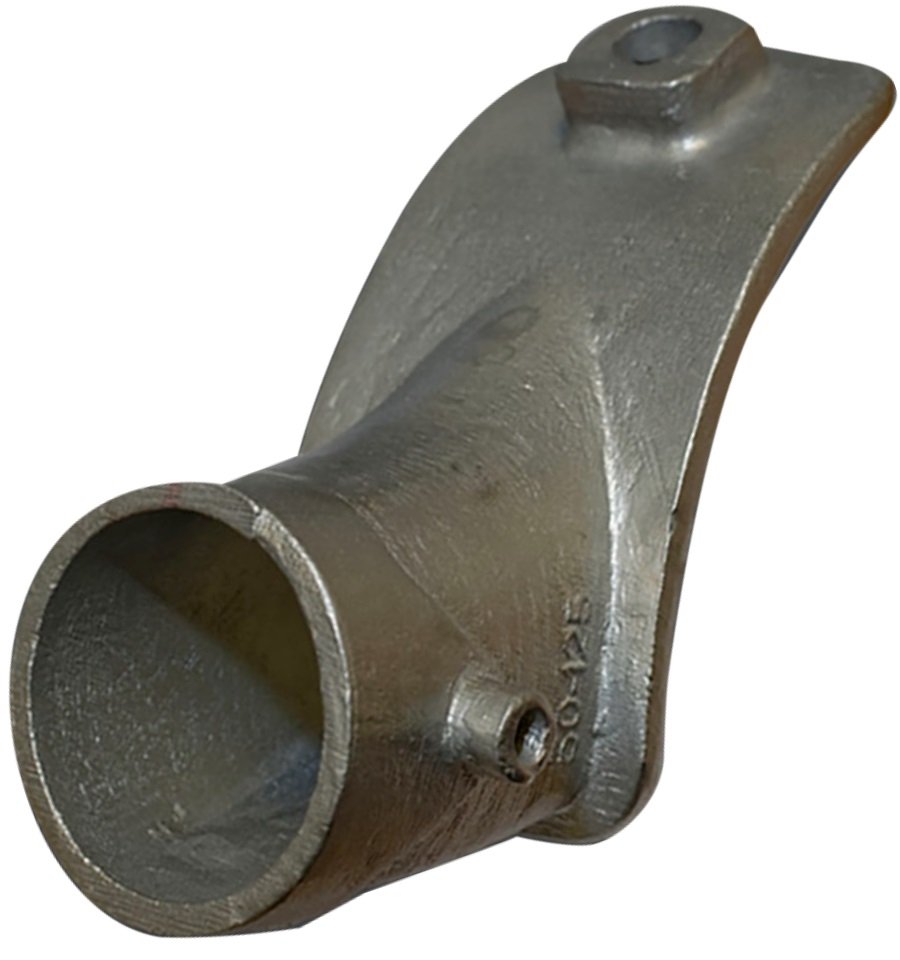
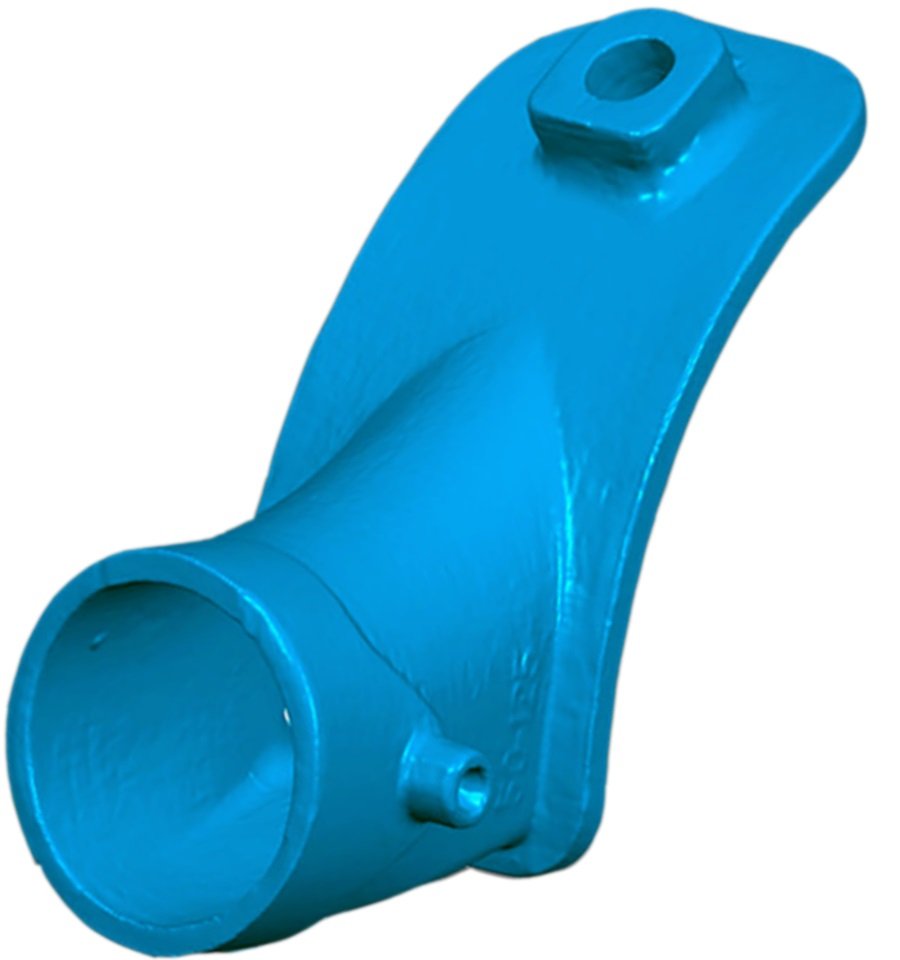
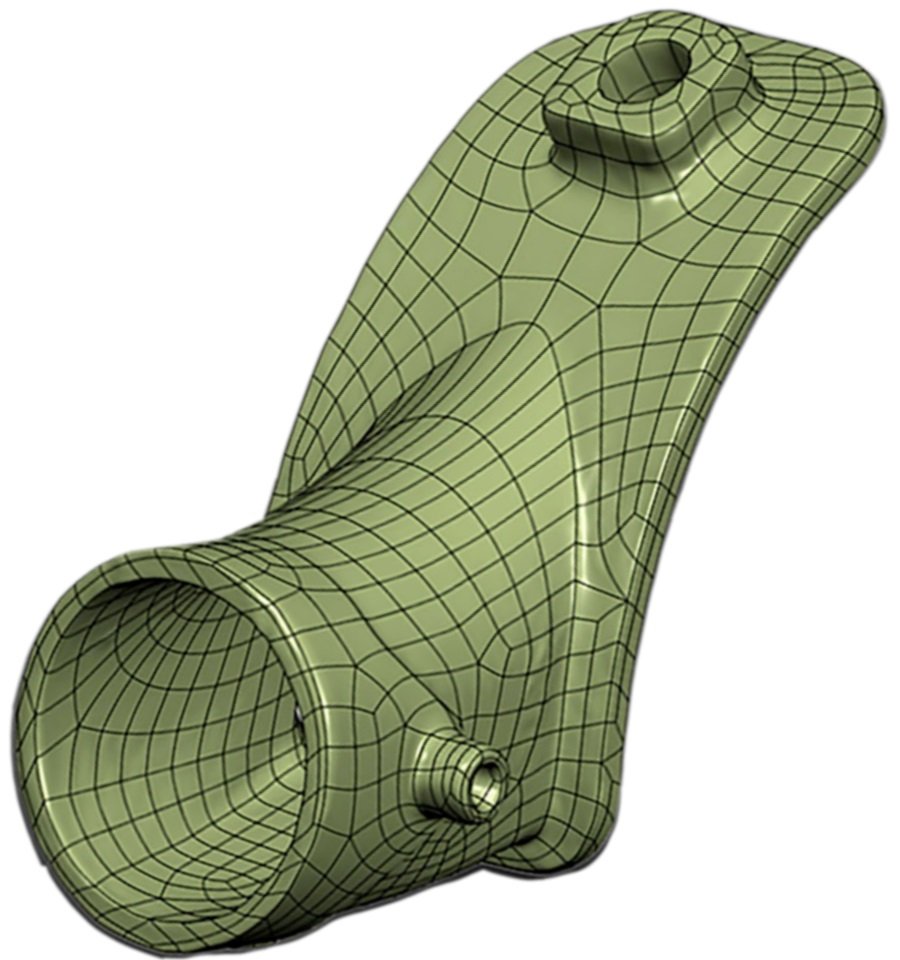


Automotive reconstructions
By integrating the most sofist measurement machines and the best skills in 3D modeling and CAD design, we can bring to life the most complicated mechanical objects (e.g., engine blocks, engine heads, gearboxes and transmission assemblies, turbines and turbochargers, etc.) of historic or valuable vehicles, providing 3D files that through rapid prototyping or CNC machining aim to Recreate functional components from damaged objects or duplicate parts as spares.

